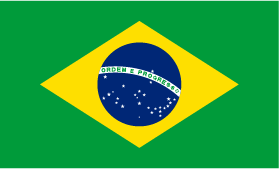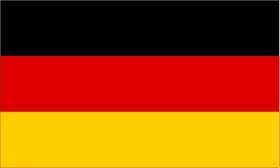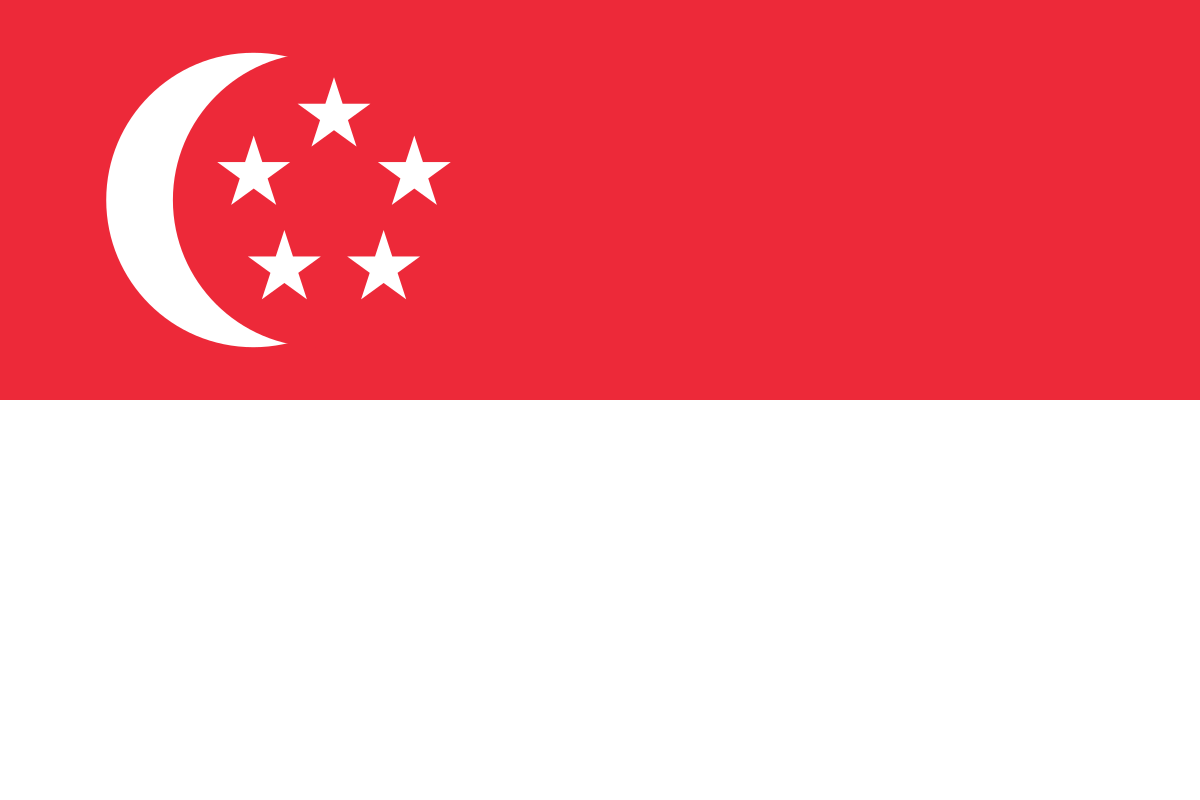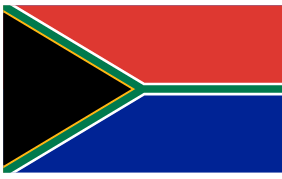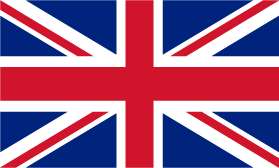While many fans may complain about the price, they will pay to get their teams’ latest outfits; many others have queued up to buy and proudly wear them to support their teams heading to the big game. In addition, the most popular and celebrated teams license their brands for a multitude of other items: from beanie hats to razor blades, from soft drinks to mobile phones.
However, almost as soon as new kits make their way to the shelves at mainstream sportswear shops, counterfeiting begins. The speed in which “replica” items are found in websites and non-licensed stores is surprisingly fast. Similarly, in addition to counterfeit shirts, an array of other unlicensed items is also available for purchase.
While this problem is not specific to any one tournament, it illustrates a global issue across sports: the illegal production and sale of counterfeit sports merchandise. As with all counterfeit goods, they pose a significant difficulty for the brand’s owners and for the various businesses that invest millions in fees and in producing licensed goods.
Just last week, the City of London Police coordinated a series of raids across the UK and seized four tons of fake soccer shirts, included thousands displaying the iconic English “three lions” crest and Nike’s logo, valued at GBP 500,000. As in many other cases, counterfeiters have smartly used social media as a market strategy, avoiding detection and holding entire operations, from initial contact to payment through various accounts in applications such as Instagram and WhatsApp.
How can brands fight back and preserve their value? Some strategies include:
- Monitor online promotions of product, especially at times of high-volume purchasing.
- Demonstrate efforts to fight back, serving as a deterrence and inconvenience to those who may be seeking to profit off fake goods.
- Act quickly and globally, using an intelligence-led approach to identify the most prolific and impactful perpetrators and shut operations down swiftly.
- Open a dialogue with law enforcement, encouraging a two-way communication network for information sharing.
- Educate customers on how to detect the counterfeits, making your fans your biggest brand protectors.
While the issue of counterfeit goods is a global problem, affecting virtually all industries, there are brand protection strategies that may assist companies to take the appropriate steps to protect their brands and intellectual property. By applying intelligence and conducting targeted investigations (often cross border) into key players, businesses may be able to identify the bad actors and develop strategies to respond to the threat.
